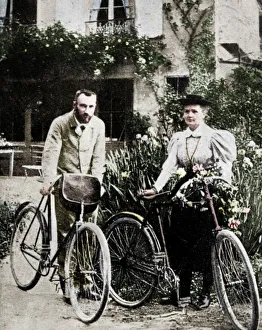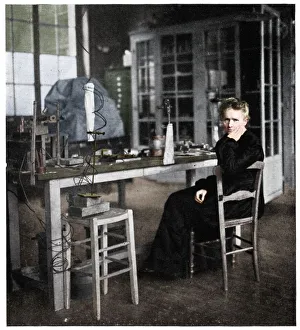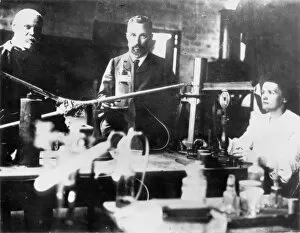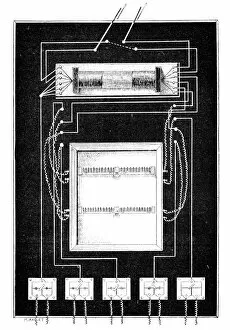Henri Becquerel Collection
Henri Becquerel: A Pioneer in the Shadows of Greatness In the late 19th and early 20th century, amidst a backdrop of scientific brilliance
All Professionally Made to Order for Quick Shipping
Henri Becquerel: A Pioneer in the Shadows of Greatness In the late 19th and early 20th century, amidst a backdrop of scientific brilliance, one name often gets overshadowed – Henri Becquerel. While Pierre and Marie Curie are celebrated as French physics legends, it was Becquerel who laid the foundation for their groundbreaking discoveries. As Pierre and Marie Curie prepared to embark on a cycling adventure, little did they know that their lives would soon intertwine with Becquerel's. In 1904, Marie Sklodowska Curie became the first woman to win a Nobel Prize in Physics alongside her husband Pierre for their work on radioactivity. This recognition came just years after she had discovered two new elements – polonium and radium. But it was Henri Becquerel who inadvertently set these events into motion. In the late 1890s, he stumbled upon an astonishing phenomenon while studying phosphorescent materials. Through his experiments with uranium salts, he accidentally discovered radioactivity when he observed that these substances emitted rays without any external stimulation. Captured by renowned photographer Nadar around this time period, an image of Becquerel reveals a man consumed by curiosity and determination. His pioneering spirit led him to further investigate this mysterious radiation phenomenon. Becquerel's discovery paved the way for future breakthroughs in nuclear science but remained relatively unnoticed compared to his colleagues' accolades. However, his contributions were not forgotten entirely; in 1929, Marie Curie awarded him an honorary doctorate from Warsaw University as gratitude for his foundational research. Marie Curie herself continued pushing boundaries throughout her career. Photographs from various eras showcase her dedication within laboratories or surrounded by scientific equipment – symbols of her relentless pursuit of knowledge. Sadly though triumphantly fittingly named "Madame Curie, " she faced numerous challenges as a female scientist during those times but never let them deter her.





















